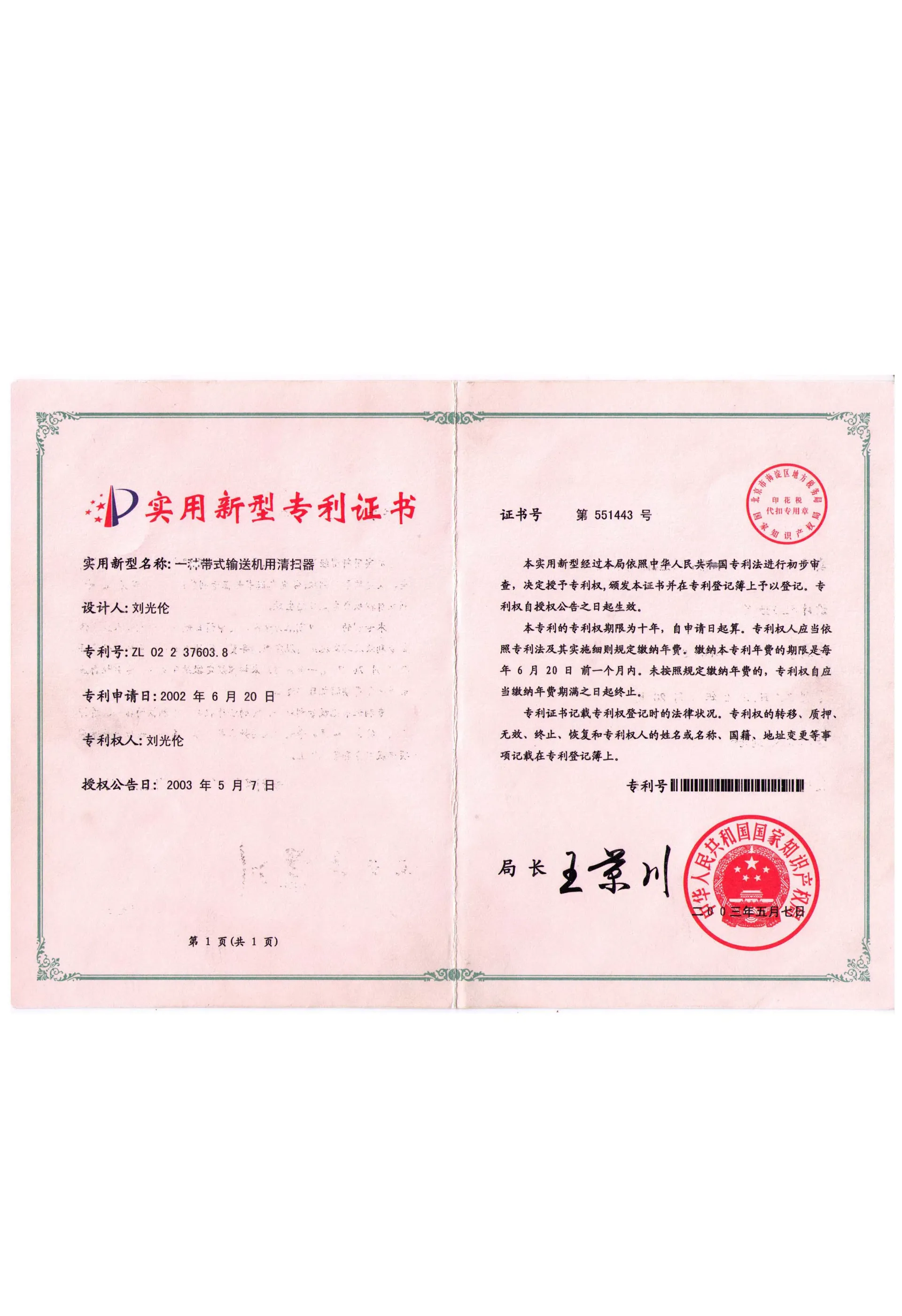 Afrikaans
Afrikaans  Albanian
Albanian  Amharic
Amharic  Arabic
Arabic  Armenian
Armenian  Azerbaijani
Azerbaijani  Basque
Basque  Belarusian
Belarusian  Bengali
Bengali  Bosnian
Bosnian  Bulgarian
Bulgarian  Catalan
Catalan  Cebuano
Cebuano  Corsican
Corsican  Croatian
Croatian  Czech
Czech  Danish
Danish  Dutch
Dutch  English
English  Esperanto
Esperanto  Estonian
Estonian  Finnish
Finnish  French
French  Frisian
Frisian  Galician
Galician  Georgian
Georgian  German
German  Greek
Greek  Gujarati
Gujarati  Haitian Creole
Haitian Creole  hausa
hausa  hawaiian
hawaiian  Hebrew
Hebrew  Hindi
Hindi  Miao
Miao  Hungarian
Hungarian  Icelandic
Icelandic  igbo
igbo  Indonesian
Indonesian  irish
irish  Italian
Italian  Japanese
Japanese  Javanese
Javanese  Kannada
Kannada  kazakh
kazakh  Khmer
Khmer  Rwandese
Rwandese  Korean
Korean  Kurdish
Kurdish  Kyrgyz
Kyrgyz  Lao
Lao  Latin
Latin  Latvian
Latvian  Lithuanian
Lithuanian  Luxembourgish
Luxembourgish  Macedonian
Macedonian  Malgashi
Malgashi  Malay
Malay  Malayalam
Malayalam  Maltese
Maltese  Maori
Maori  Marathi
Marathi  Mongolian
Mongolian  Myanmar
Myanmar  Nepali
Nepali  Norwegian
Norwegian  Norwegian
Norwegian  Occitan
Occitan  Pashto
Pashto  Persian
Persian  Polish
Polish  Portuguese
Portuguese  Punjabi
Punjabi  Romanian
Romanian  Russian
Russian  Samoan
Samoan  Scottish Gaelic
Scottish Gaelic  Serbian
Serbian  Sesotho
Sesotho  Shona
Shona  Sindhi
Sindhi  Sinhala
Sinhala  Slovak
Slovak  Slovenian
Slovenian  Somali
Somali  Spanish
Spanish  Sundanese
Sundanese  Swahili
Swahili  Swedish
Swedish  Tagalog
Tagalog  Tajik
Tajik  Tamil
Tamil  Tatar
Tatar  Telugu
Telugu  Thai
Thai  Turkish
Turkish  Turkmen
Turkmen  Ukrainian
Ukrainian  Urdu
Urdu  Uighur
Uighur  Uzbek
Uzbek  Vietnamese
Vietnamese  Welsh
Welsh  Bantu
Bantu  Yiddish
Yiddish  Yoruba
Yoruba  Zulu
Zulu Overview of Different Types of Conveyor Idlers and Their Applications
Types of Conveyor Idlers An Overview
Conveyor systems are essential in various industries, facilitating the transportation of materials in a cost-effective and efficient manner. A significant component of any conveyor system is the conveyor idler, which supports the conveyor belt and ensures smooth operation. Understanding the types of conveyor idlers is crucial for optimizing performance, reducing maintenance costs, and extending the lifespan of the system. This article explores the various types of conveyor idlers, their functions, and applications.
What Are Conveyor Idlers?
Conveyor idlers are cylindrical rollers that form part of a conveyor system. They are strategically placed along the conveyor to support the belt, reduce friction, and guide the load being transported. Idlers are designed to help maintain the alignment and tension of the conveyor belt while minimizing wear and tear. The choice of idler can significantly impact the overall efficiency of the conveyor system.
Types of Conveyor Idlers
There are several types of conveyor idlers, each suited for different applications and conditions
. The primary types include1. Carrier Idlers These are the most common type of idlers used in conveyor systems. Their main function is to support the weight of the conveyor belt and the materials being transported. Carrier idlers can be flat or crowned, with crowned idlers helping to keep the belt centered and reduce edge wear.
2. Return Idlers Positioned on the return side of the conveyor belt, return idlers support the empty belt as it returns to the loading point. These idlers are crucial for maintaining the belt's tension and alignment during its return journey.
3. Impact Idlers Impact idlers are designed to absorb the shock of heavy loads as they drop onto the conveyor belt. They are typically installed in loading zones to protect the belt from damage and extend its lifespan.
types of conveyor idlers

4. Training Idlers Training idlers are used to keep the conveyor belt aligned and prevent it from drifting. They can be adjustable, allowing operators to correct alignment issues as needed. Proper alignment ensures efficient material handling and reduces unnecessary wear on the belt and idlers.
5. Self-Aligning Idlers These idlers automatically adjust the belt's alignment. They are particularly useful in environments where the conveyor may be subject to shifting loads or uneven surfaces. Self-aligning idlers help maintain the correct positioning of the belt, reducing the risk of misalignment.
6. Rubber-Coated Idlers Rubber-coated idlers provide additional grip on the belt, reducing slippage and enhancing performance in certain applications. These idlers are beneficial when transporting materials that may otherwise slide or shift during transit.
7. Roller Bed Idlers Often used in applications with high load capacities, roller bed idlers consist of a series of rollers that facilitate smooth movement of the belt. This type of idler reduces friction and the workload on the conveyor system, leading to increased efficiency and lower energy consumption.
Applications of Conveyor Idlers
Conveyor idlers are utilized across a wide range of industries, including mining, manufacturing, logistics, and food processing. In mining, for example, heavy-duty carrier idlers are crucial for transporting large volumes of ore, while impact idlers protect the belt from the harsh impacts of dropped materials. In manufacturing and logistics, training and self-aligning idlers play a vital role in maintaining efficiency in material handling.
Conclusion
Choosing the right type of conveyor idler is essential for ensuring the optimal performance of a conveyor system. The specific operational needs and materials being transported will dictate the most appropriate idler type. By understanding the functions and applications of various conveyor idlers, businesses can improve their material handling processes, reduce downtime, and enhance the longevity of their conveyor systems. With the variety of idler options available, it is vital for industry professionals to be informed about the impacts of their choices on productivity and cost-effectiveness. Invest in the right idlers to realize the full potential of your conveyor system.
-
Revolutionizing Conveyor Reliability with Advanced Rubber Lagging PulleysNewsJul.22,2025
-
Powering Precision and Durability with Expert Manufacturers of Conveyor ComponentsNewsJul.22,2025
-
Optimizing Conveyor Systems with Advanced Conveyor AccessoriesNewsJul.22,2025
-
Maximize Conveyor Efficiency with Quality Conveyor Idler PulleysNewsJul.22,2025
-
Future-Proof Your Conveyor System with High-Performance Polyurethane RollerNewsJul.22,2025
-
Driving Efficiency Forward with Quality Idlers and RollersNewsJul.22,2025





























